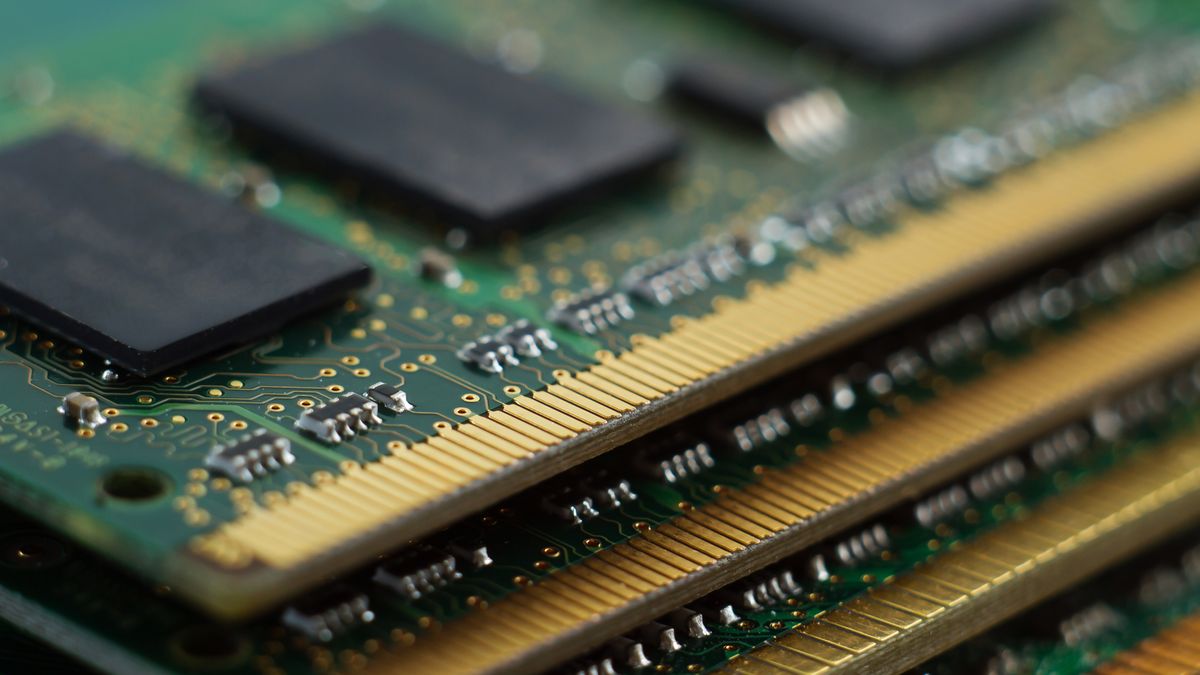Unleashing the Future of AI Memory
Understanding the Memory Landscape: SRAM vs DRAM
The distinctions between SRAM (Static Random-Access Memory) and DRAM (Dynamic Random-Access Memory) are pivotal in understanding the evolution of memory technology. SRAM is renowned for its speed, making it ideal for caching and temporary storage in processors. DRAM, on the other hand, offers greater density and is commonly used in computer memory across most devices today. However, the existing gap between their speed and density has led researchers to seek a hybrid solution.
Introducing Gain Cell Memory: A New Era
Gain Cell memory is an ambitious venture that blurs the lines between SRAM and DRAM to create a hybrid that offers the best of both worlds. This technology aims to enhance AI computing capabilities by providing faster data access times while maintaining a compact form.
"The future belongs to those who see possibilities before they become obvious." – John Sculley
Researchers believe that implementing Gain Cell technology in AI systems could dramatically boost performance, especially in areas requiring rapid data retrieval and processing, such as real-time video analysis and machine learning applications.
- Enhanced Computing Speed: Reducing bottlenecks in data fetching.
- Greater Energy Efficiency: Lower power consumption compared to traditional RAM.
- Increased Scalability: Potential to scale computing operations without latency.

The Impact on AI Computing
The deployment of Gain Cell memory could be a game-changer in the realm of AI computing, potentially surpassing current limitations in processing speeds and power consumption. It aligns with the goals of big tech firms striving for superior machine learning and AI performance. This breakthrough is pivotal as tech companies grapple with increased demand for AI solutions. Read more about AI and memory technologies.
The Road Ahead: Challenges and Opportunities
As with any nascent technology, Gain Cell memory faces challenges. Manufacturing complexities and integration into existing systems are hurdles that require strategic planning and investment. However, the opportunities it presents could justify these efforts, with long-term benefits including reduced costs and amplified processing power.
Stay updated with the latest in tech advancements by following renowned scientists and tech personalities on LinkedIn and other professional networks. Keeping abreast with these developments offers insights into how such technologies could redefine our interactions with AI.
Here’s a thought-provoking video detailing the possibilities of hybrid memory systems similar to Gain Cell memory: Future of Memory Systems.
